You will need:
- A small film canister, you can get these on Amazon or eBay or you can get these for free from a photography storeOften the clear styled film canister’s work better, as you can place the bicarbonate paste into the small well that already exists. The other bonus is that the lid tends to be tighter, thereby the rocket flies higher.Alternatively, a mini M&Ms canister with the strap between the lid and canister cut off will work too!
- Vinegar
- Bicarbonate Soda
- Small mixing bowl and spoon
- Water and safety goggles
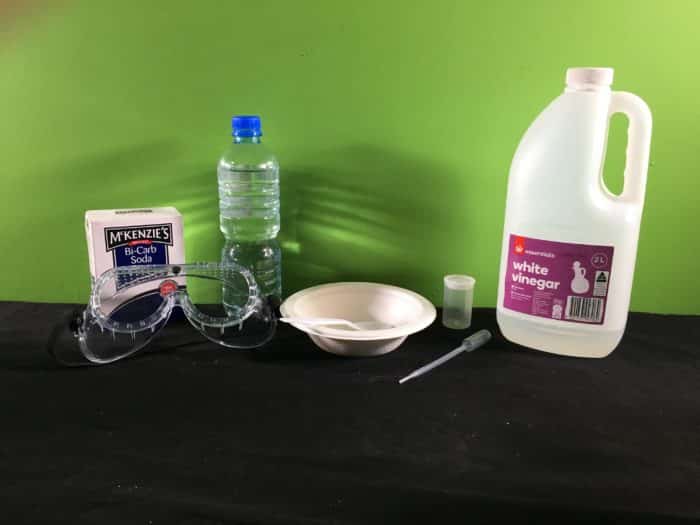
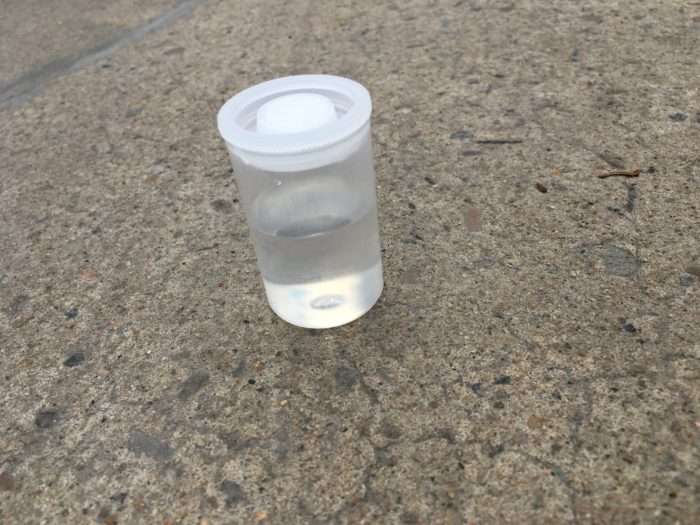
Gently clip the lid onto the canister, making sure that the whole lid is secure.
Double-check that the children are at least 5 meters back and that you are away from anything that can break above your head.
Making sure your safety goggles are over your eyes, turn the entire film canister upside down onto its lid on a flat surface outside. Stand back and watch it fly!
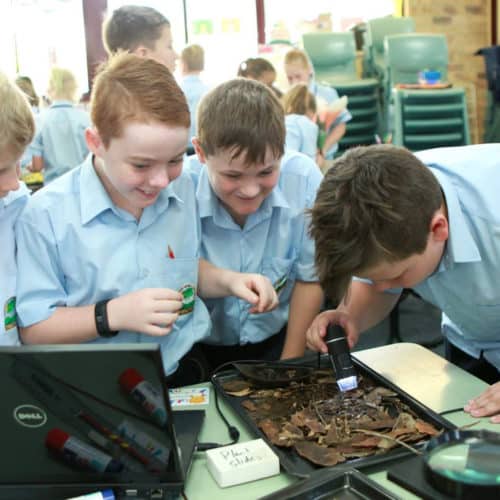
School science visits since 2004!
– Curriculum-linked & award-winning incursions.
– Over 40 primary & high school programs to choose from.
– Designed by experienced educators.
– Over 2 million students reached.
– Face to face incursions & online programs available.
– Early learning centre visits too!
Why Does This Happen?
This is really is just another variation on the standard volcano experiment run in classrooms around the world. The reaction is as follows:
Vinegar + Bicarbonate Soda —> Carbonic Acid + Sodium Acetate
The carbonic acid is unstable though, so it breaks down into liquid water (H20) and carbon dioxide (CO2) as a gas, causing the massive ‘build-up’ of pressure you saw in the experiment. Eventually the gas pressure inside needed to be released; so the lid popped off the canister, pushing against the supporting surface to send the rocket in the air.
Notice the rocket has to push down to go up?
This is yet another simple demonstration of Newton’s 3rd Law of Motion:
For every action, there is an equal and opposite reaction.
Variables to test
- Different amounts of vinegar
- Different amounts of bicarbonate soda
- Does temperature make a difference?
Canister rockets are always fun, but it’s the fair test you can create where the learning happens #BEEINS19 #BeInspirational @FizzicsEd pic.twitter.com/7fsKGJr1tl
— Ash (@ashsix4) March 30, 2019
From sunspots and asteroids to black holes & supernovae, the Stars & Planets and the Earth, Sun & Moon workshops have your unit on space covered!
Studying chemistry instead? Check out the chemistry show too!
Get in touch with FizzicsEd to find out how we can work with your class.
Chemistry Show
Years 3 to 6
Maximum 60 students
Science Show (NSW & VIC)
60 minutes
Online Class Available
STEM Full Day Accelerator - Primary
Designed from real classroom experiences, this modular day helps you create consistently effective science learning that directly address the new curriculum with easily accessible and cost-effective materials.
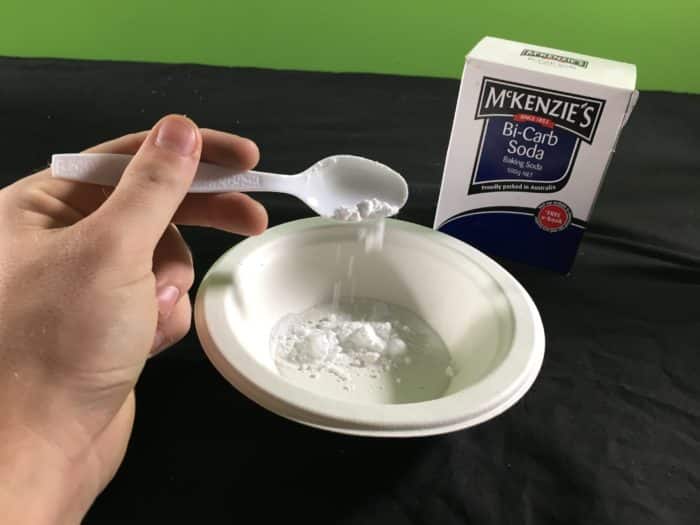
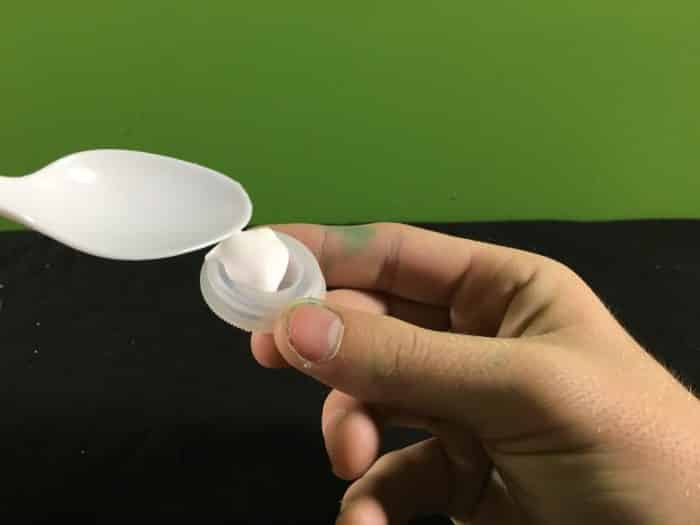
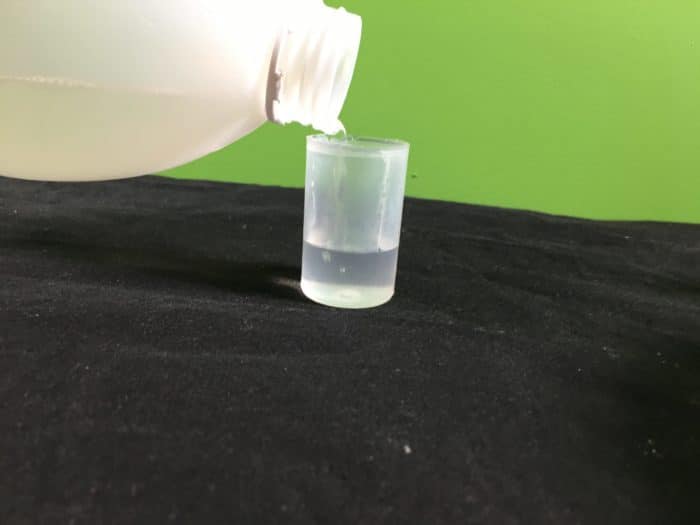
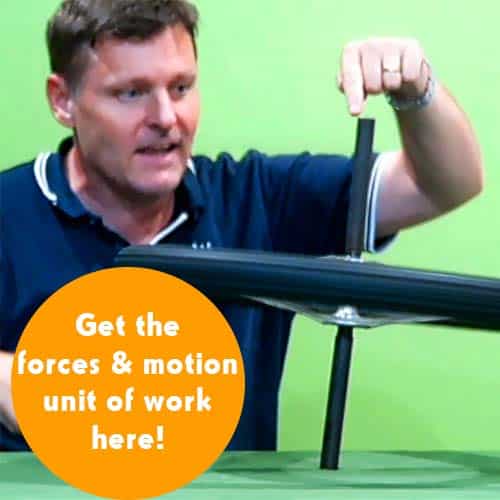



























Comments